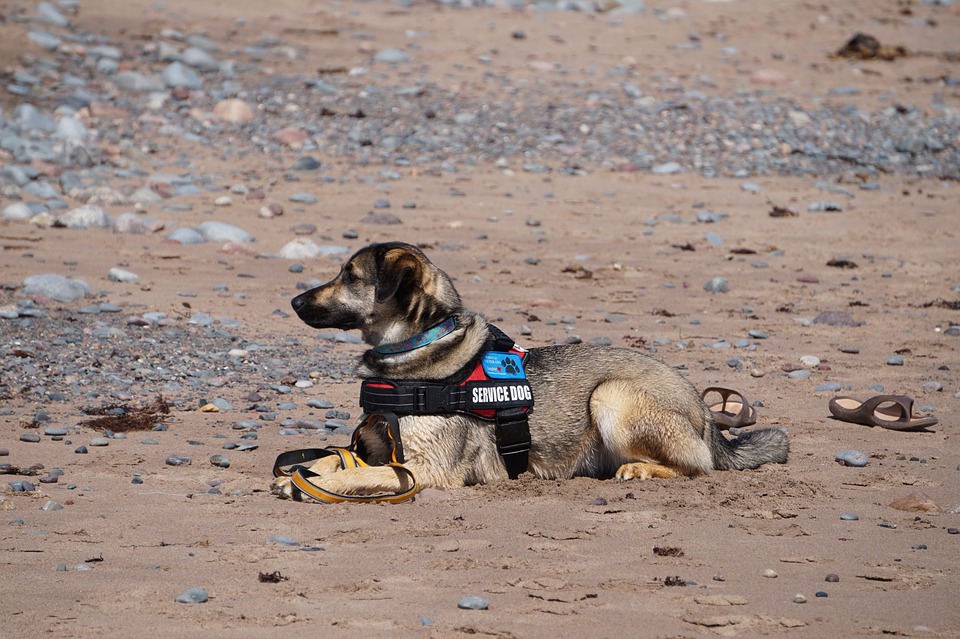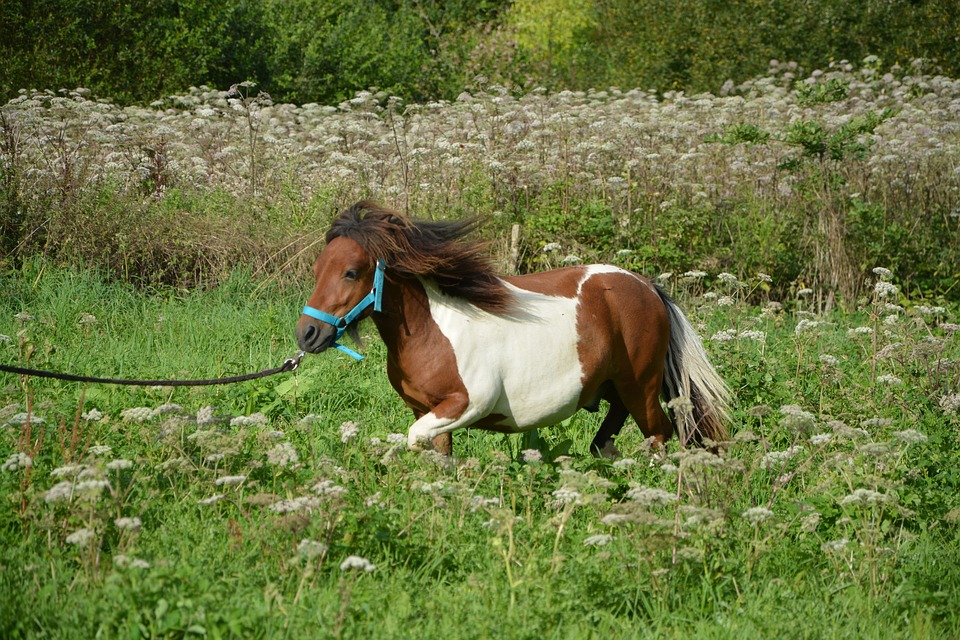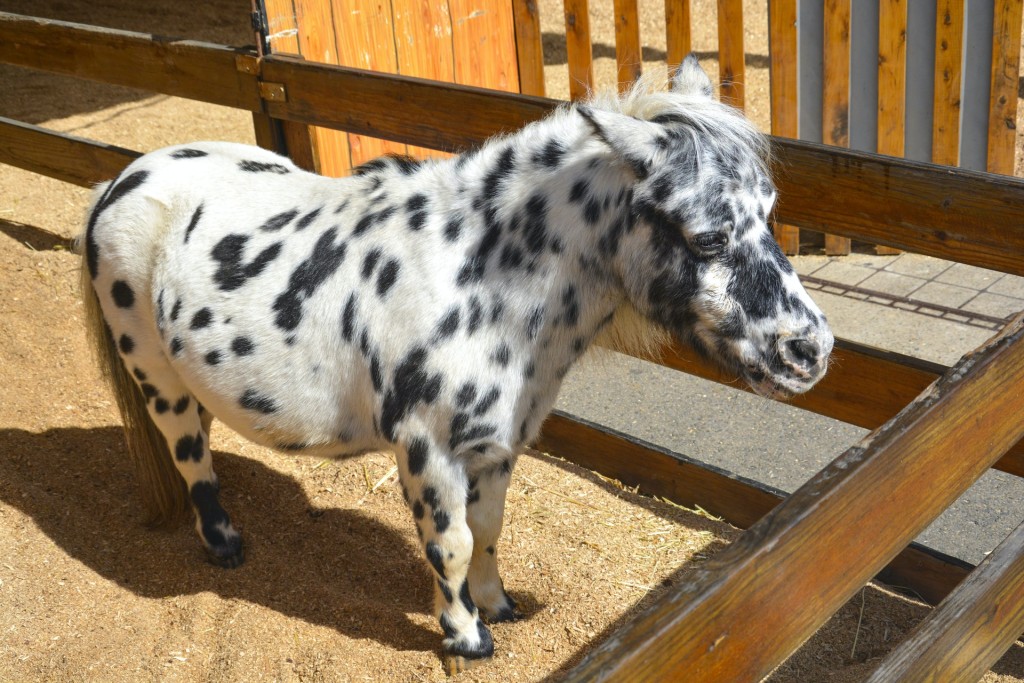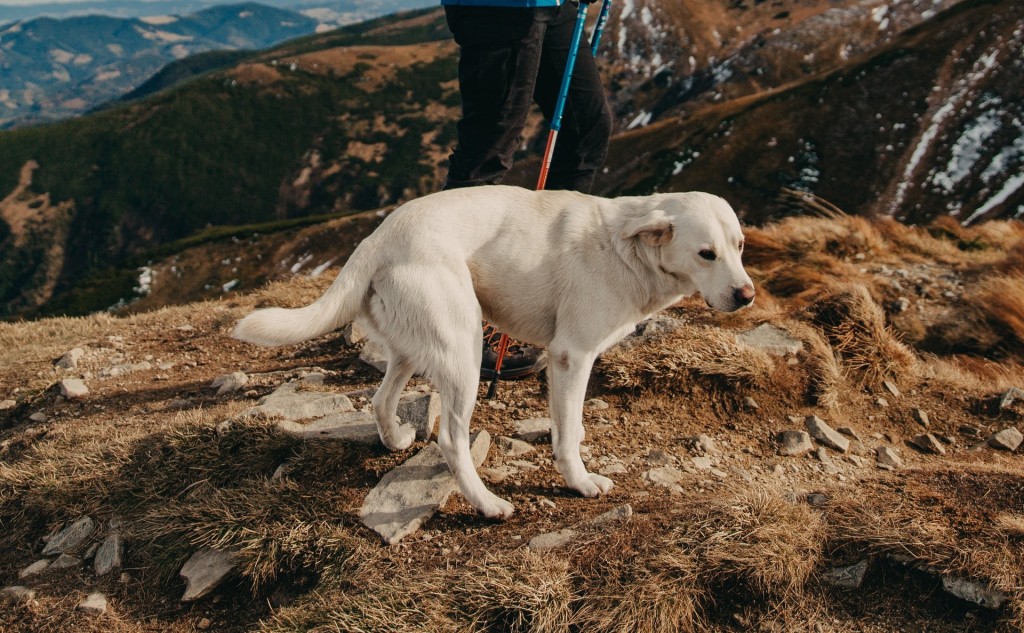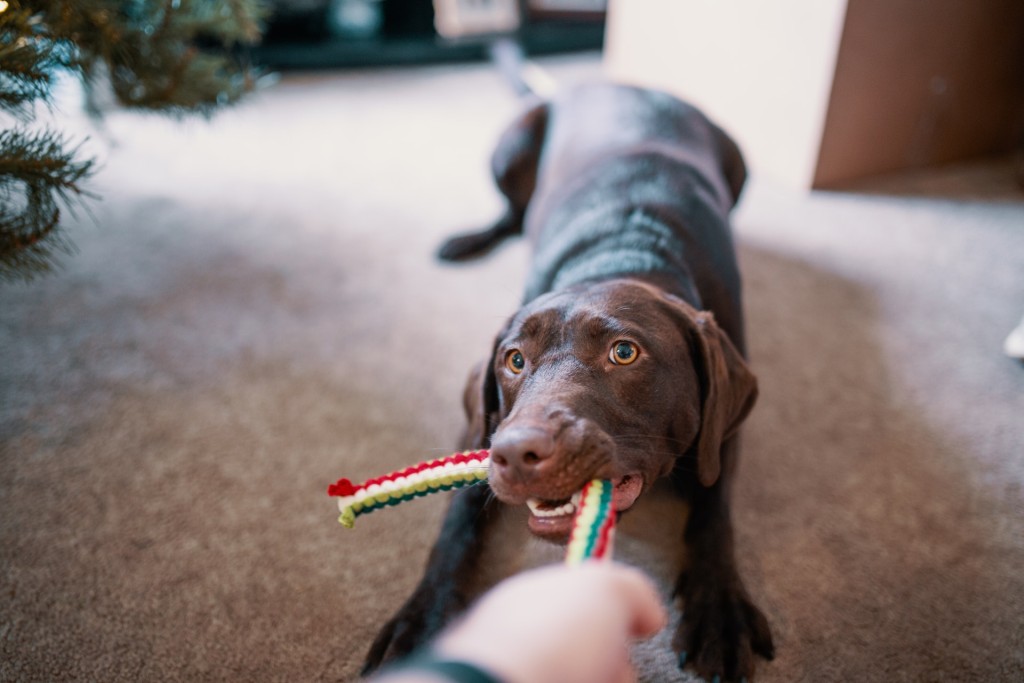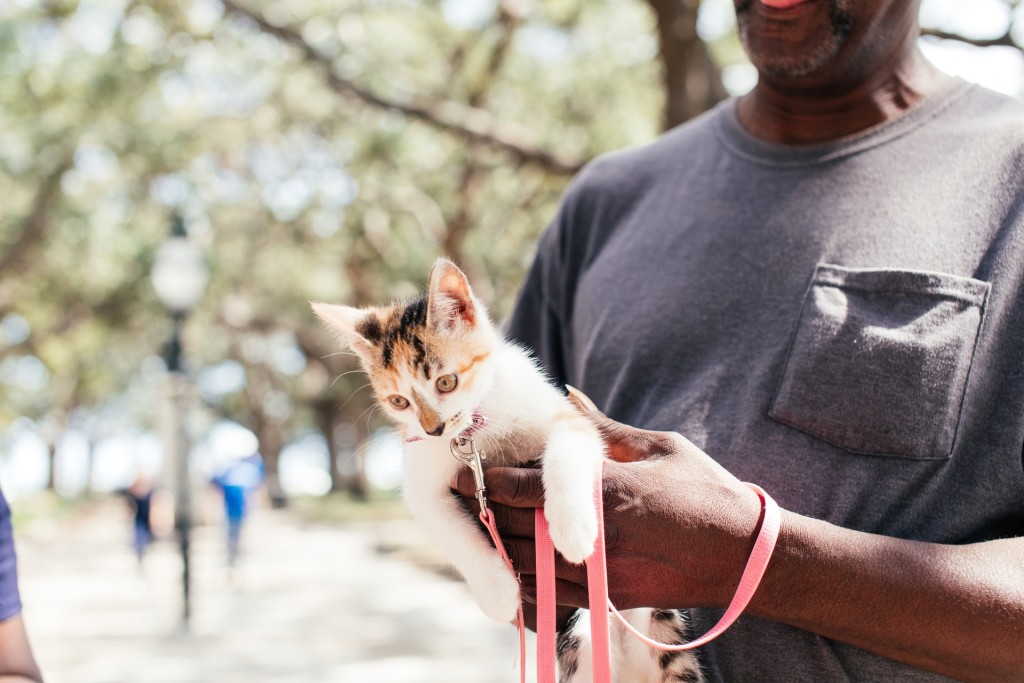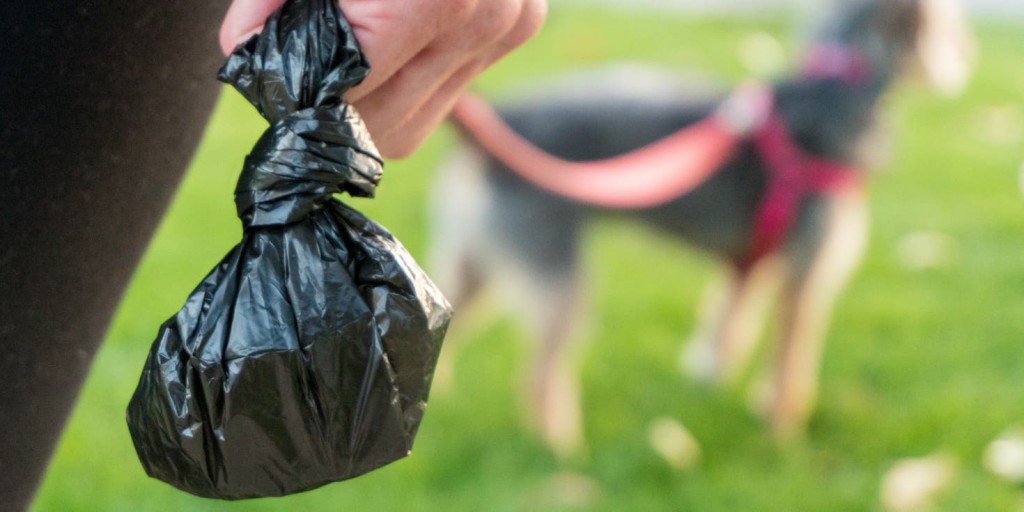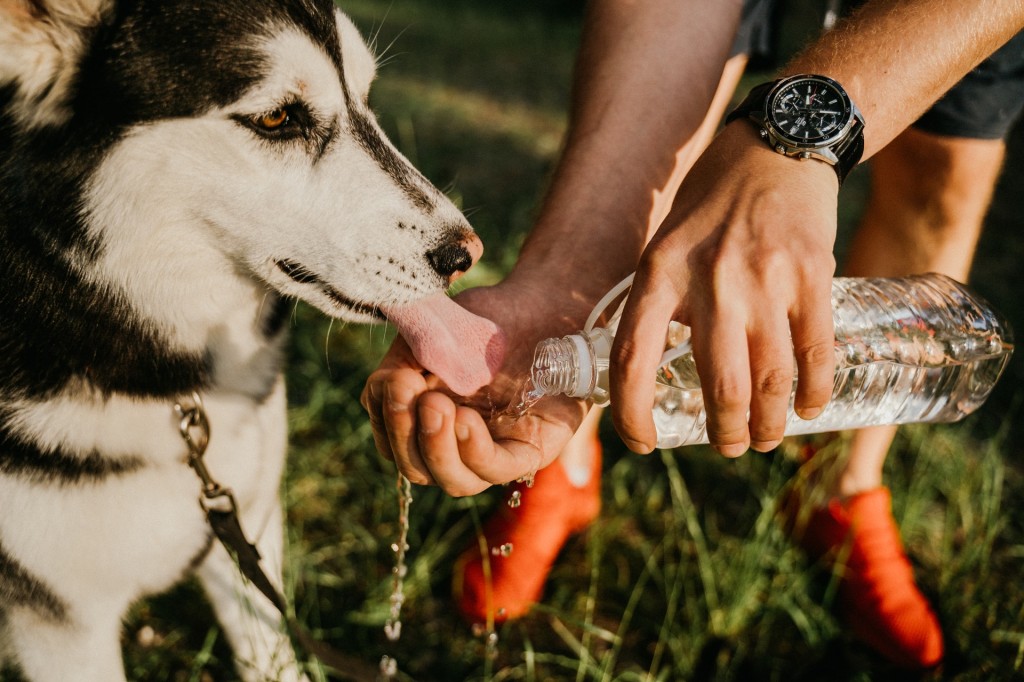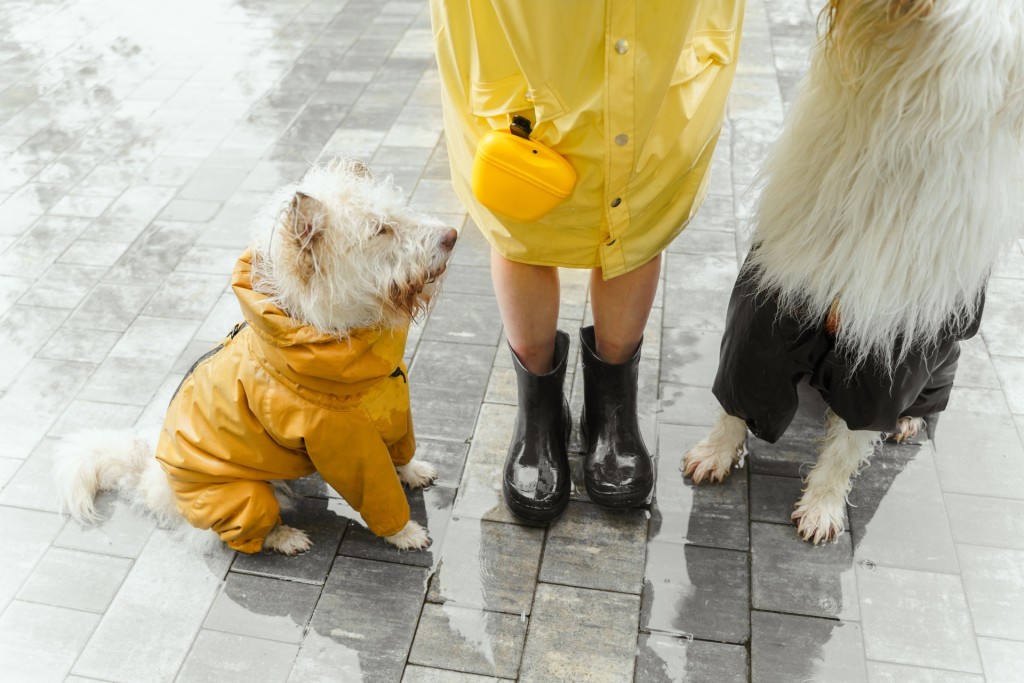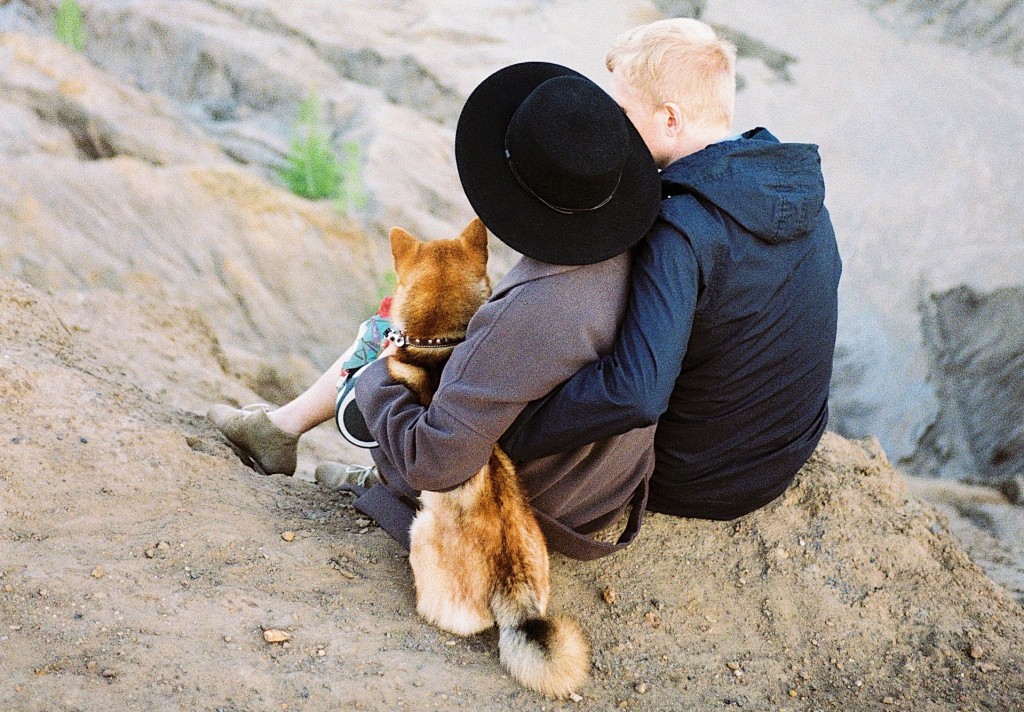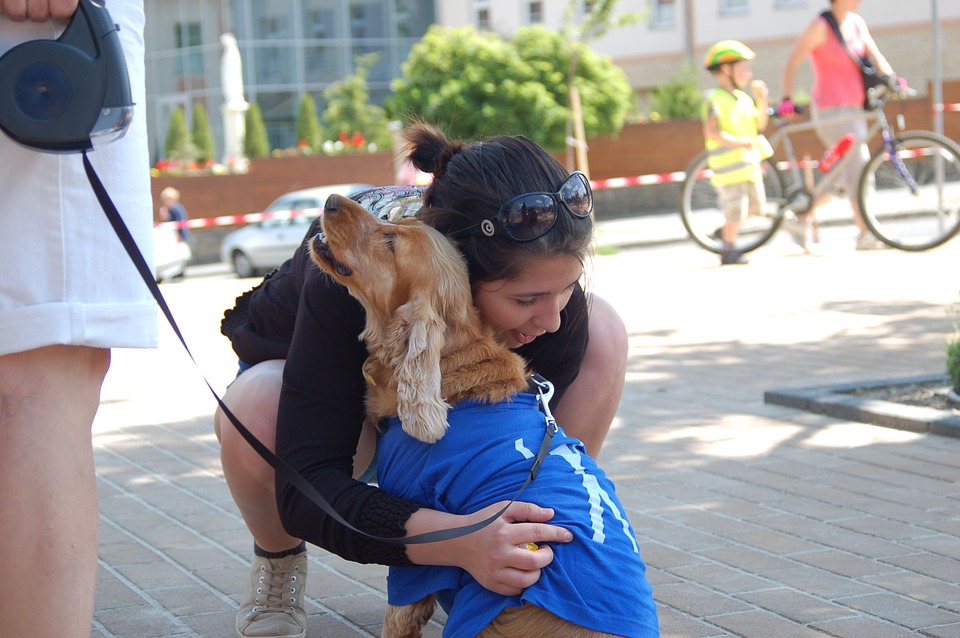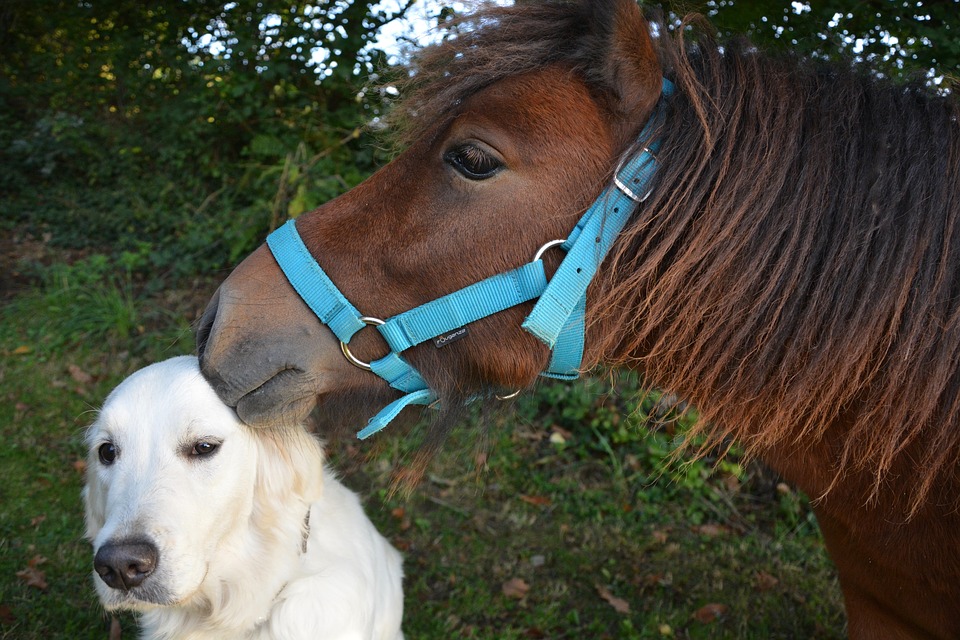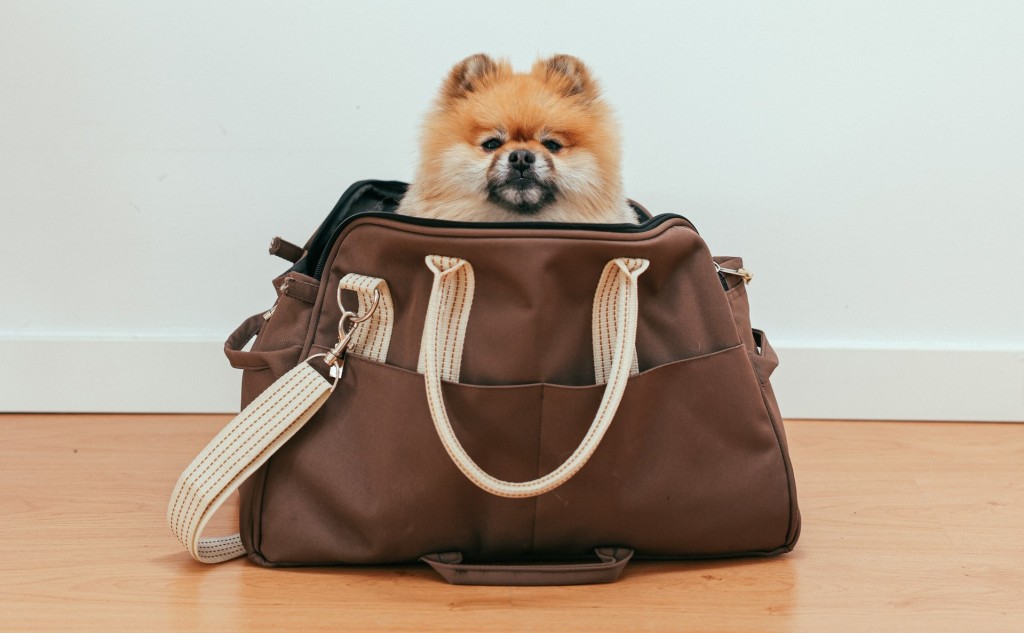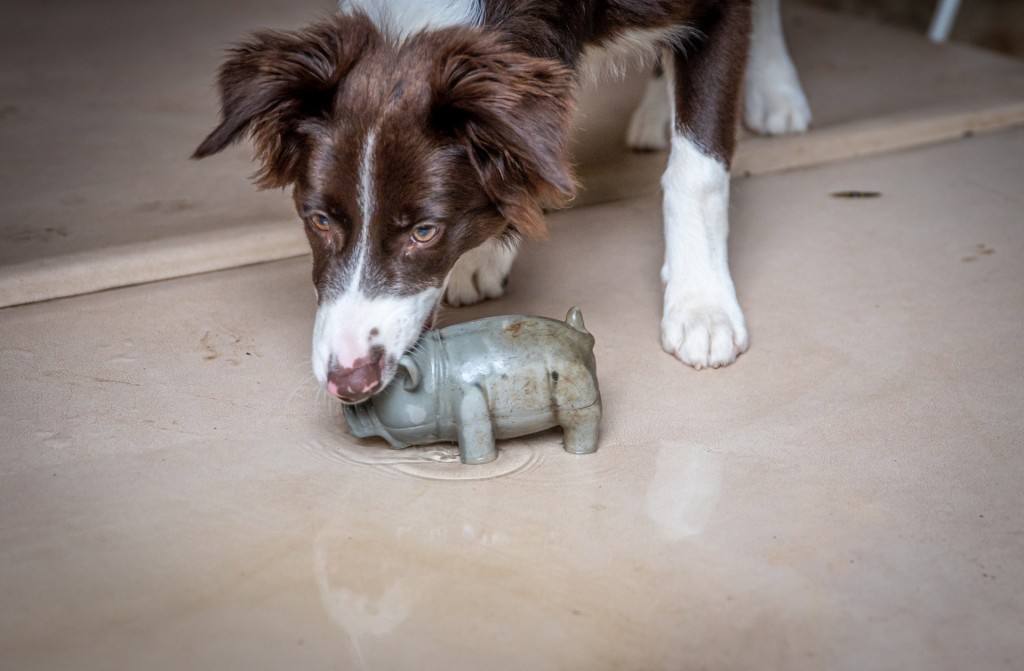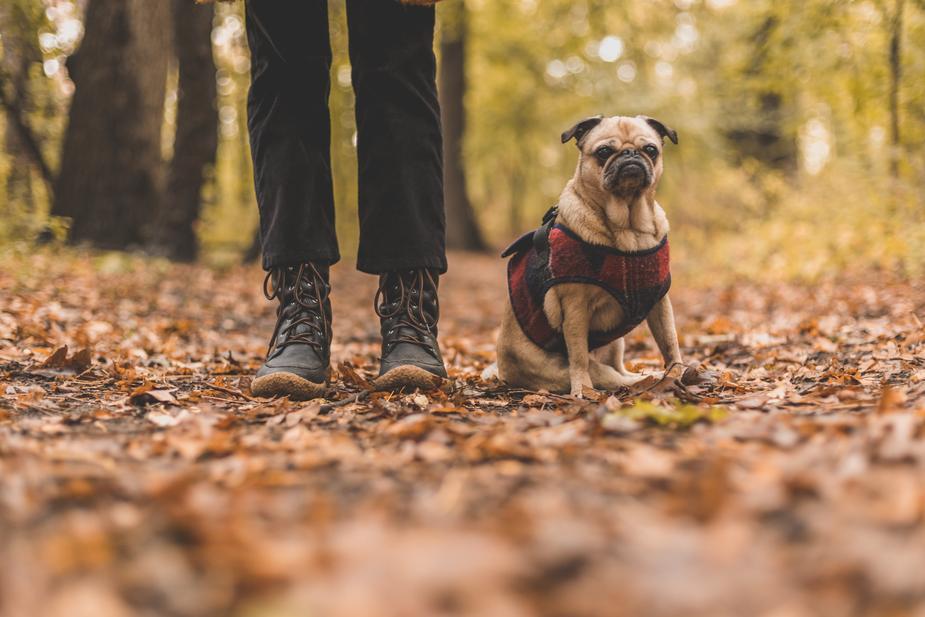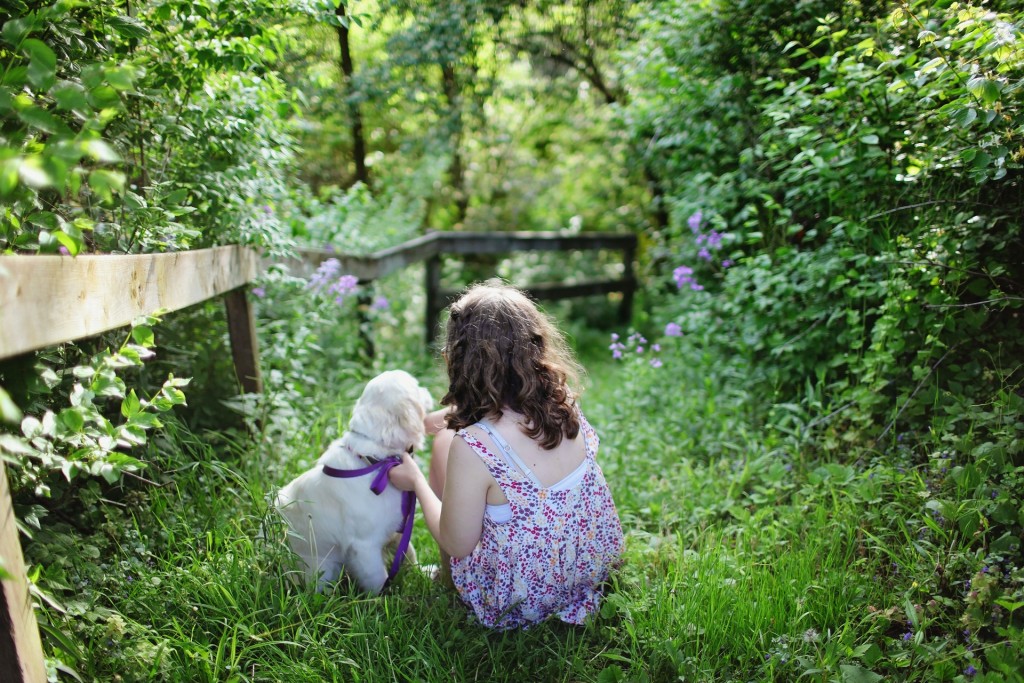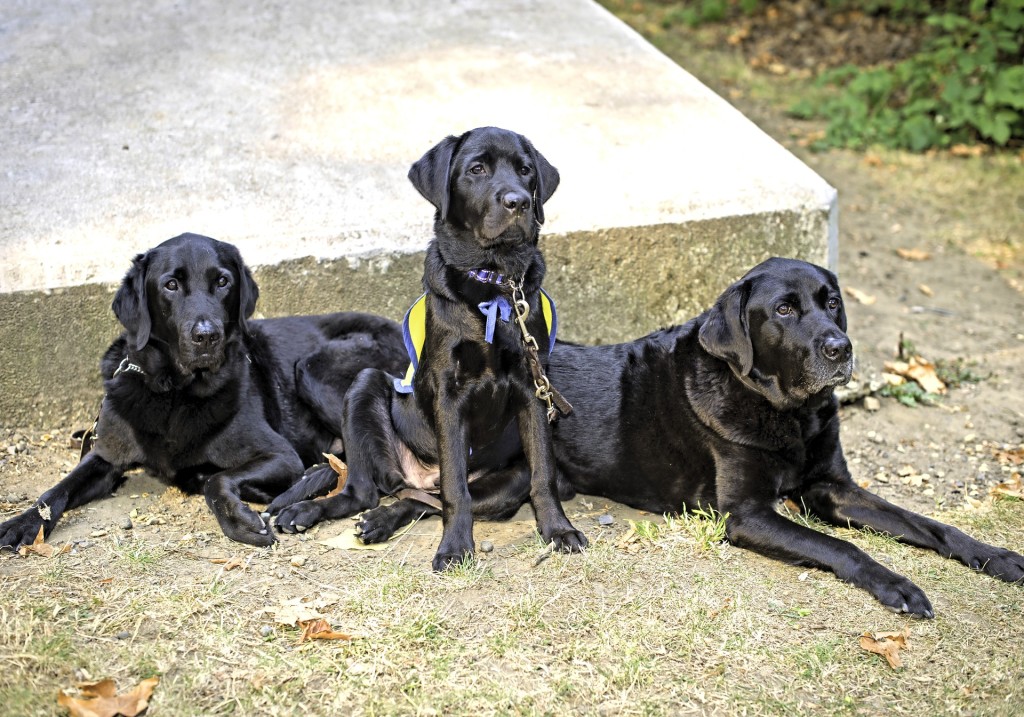Service animals aren’t pets. They are trained to perform specific tasks to assist people with disabilities. Because of that, 95% of their time is spent working. You can say that service animals are professionals of the animal kingdom when it comes to human care.
With that said, non-handlers (people without disabilities) must follow protocols when they’re around service animals to avoid hampering the four-legged caregivers’ jobs. These are the etiquettes everyone should remember to avoid endangering a handler’s (assistance animal owner, mostly with a disability) life.
1. Don’t give or offer food to a service animal
Food is the #1 distraction of service animals on the field. A non-handler can easily make such an honest mistake of giving treats to a service animal for a job well done. Service animals follow a specialized diet and a strict eating schedule.
2. Don’t assume a resting service animal is off duty
Just because a service animal is asleep or appears to be doesn’t mean they’re off duty. They are waiting for their handlers to issue commands. This is one of the reasons why dogs and horses make good service animals because they’re easy to wake up.
If you were to approach a service animal while they’re resting, you could get bitten, rammed, kicked, or be trampled on.
3. Seek out the handler if their service animal approaches you
Most service animals are trained to seek help from other people in case of an emergency. If you see a miniature horse or dog with a harness or vest, and these animals are nudging you with their nose or barking at you without an owner nearby, there’s a high chance the animal’s owner is down and is in dire need of help. Stay calm, don’t touch the animal, and follow them if they move away.
4. Give service animals the right of way
Being a service animal isn’t easy. It involves a lot of environmental assessment and making decisions to help a handler move without endangering their lives and bothering others. So if you see a service animal and its handler coming your way, stay out of their path until they get past you.
5. Don’t touch a service animal without permission
One does not simply resist the urge to pet a service animal. It’s a hard thing to do but necessary. Like food, petting is also a distractor for service animals on duty. If you cannot contain yourself and want to touch one, always ask permission from the handler first. If they won’t allow you to, there’s nothing you can do about it. Just walk away and go on with your day.
6. Respect handlers
A lot of people with disabilities say that having a service animal makes them feel comfortable and confident. However, this doesn’t mean you can ask them what their disabilities are, why they need a service animal, what the service animal is trained to do, and other similar questions.
These are very personal questions and who in their right mind would answer them when asked by a total stranger? If you want to know what the service animal does or what the handler’s disability is, you’re going to need to take a wild guess based on observation. You can also wait for the person to open up.
Share these service animal tips with your family, friends, and colleagues. It will be a huge help to make it easy for people with disabilities to live happy and fulfilling lives.
Do you own an assistance animal? Register your pet today.
The Service Animal Registry of California invites you to have your assistance animal registered in order to designate its status. We also encourage you to take our online classes so you can be fully aware of your rights and gain more knowledge about your support animal.
Finally, we present to you our book entitled, “ASSISTANCE ANIMAL LAWS: LEARN YOUR RIGHTS REGARDING SERVICE ANIMALS, EMOTIONAL SUPPORT ANIMALS, THERAPY PETS, AND OTHER DOGS, CATS, AND ASSISTANCE ANIMALS” to provide you with a complete education on assistance animals. Purchase your copy of the book by clicking the image below. 

